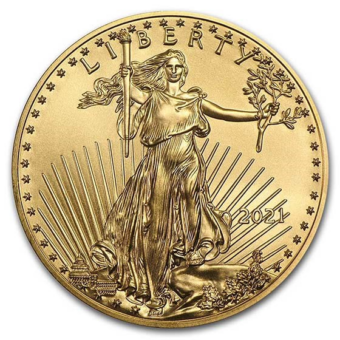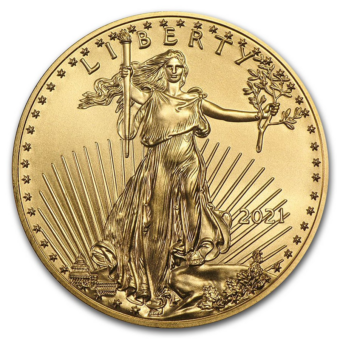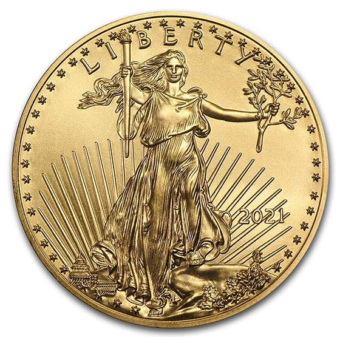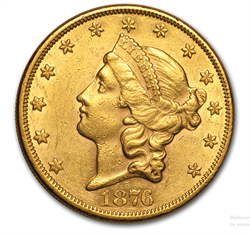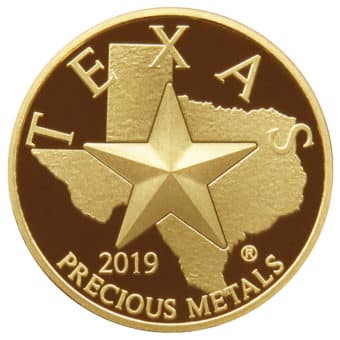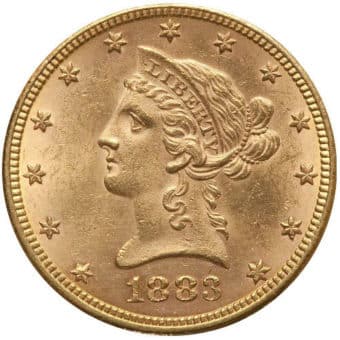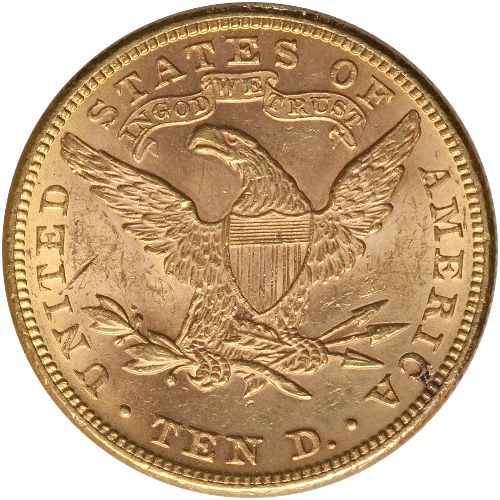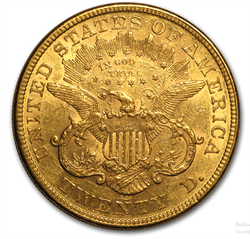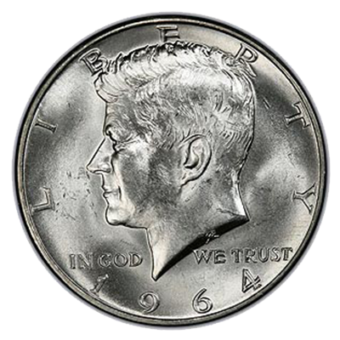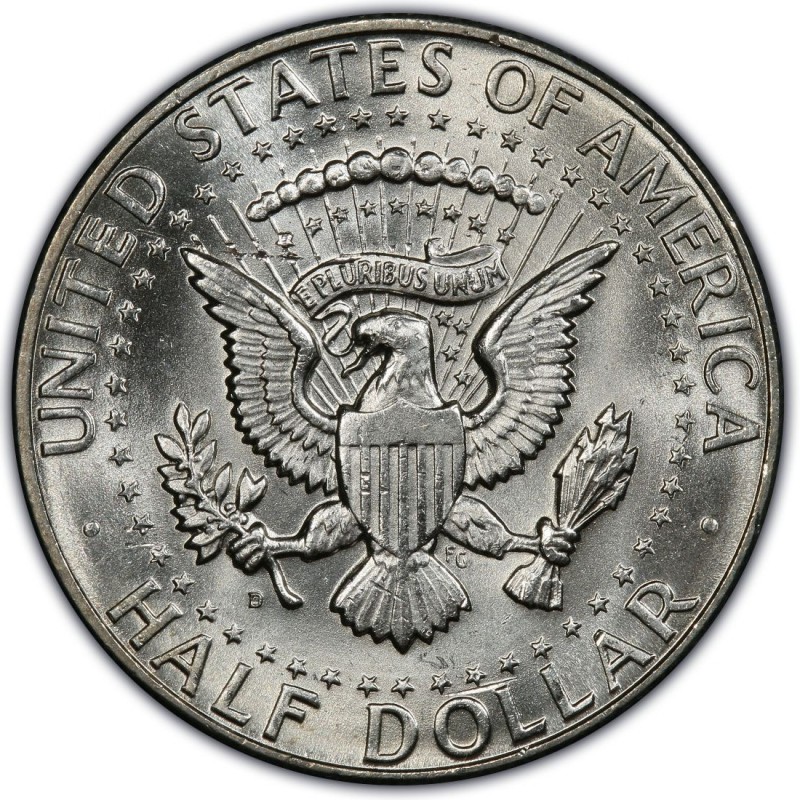A Daily Journey Through the Week's Market
Monday - 7.22.24: Gold prices experienced a modest decline, closing at approximately $2,329 per ounce, driven by subdued trading volumes and cautious market sentiment ahead of the Federal Reserve's policy meeting later in the week. Silver also saw a dip, ending the day at around $29.64 per ounce, reflecting a similar cautious approach by investors who were awaiting clearer economic signals.
Tuesday - 7.23.24: Gold and silver markets continued to show weakness, with gold prices slipping further to close at about $2,306 per ounce. This drop was influenced by stronger-than-expected U.S. economic data, which bolstered the dollar and reduced the appeal of gold as a safe-haven asset. Silver mirrored this trend, falling to around $29.17 per ounce as investors reacted to the same economic indicators and shifted towards higher-yielding investments.
Wednesday - 7.24.24: The precious metals market's downward trajectory continued, with gold hitting a weekly low of around $2,298 per ounce before experiencing a slight recovery. This decline stemmed from a combination of rising U.S. Treasury yields and a stronger dollar. As a result, the appeal of non-yielding assets like gold and silver diminished. Silver's weekly low of approximately $28.61 per ounce reflected similar market dynamics and investor sentiment. Anticipation of upcoming economic data releases and the Federal Reserve's policy stance influenced the market's direction.
Thursday - 7.25.24: Gold and silver prices have plummeted due to concerns over weakening global demand for metals. Gold hit a two-week low, dropping $53.60 to $2,362.30, while silver fell to a 2.5-month low, down $1.231 to $28.09. A stronger-than-expected U.S. GDP report at 2.8% diminishes the likelihood of near-term Federal Reserve rate cuts, adding pressure on metal prices. As traders brace for upcoming U.S. personal income and inflation data, the metals market remains under significant strain.
Friday - 7.26.24: Gold prices bounced back on Friday, up $20.50 to $2,373.70, after Thursday's losses, while silver dipped $0.06 to $27.90. The U.S. personal income and outlays report for June showed the PCE price index rose 2.5% year-on-year, slightly down from May's 2.6%, and the core PCE index remained steady at 2.6%. These tame inflation figures are closely watched by the Federal Reserve.
Fed's Key Inflation Gauge Eases, Clearing Path for Rate Cut
The Federal Reserve's preferred inflation gauge, the personal consumption expenditures (PCE) price index, rose 2.5% in June from a year ago, slightly down from May's 2.6%. Core inflation, excluding food and energy, remained steady at 2.6%. These tame inflation numbers, alongside modest increases in personal income and spending, strengthen the case for an anticipated rate cut in September. The market responded positively, with stock futures rising and Treasury yields falling. As the Fed evaluates its next move, the easing inflation pressures suggest a potential shift in monetary policy.
Strong GDP Hides America's Economic Struggles
The U.S. economy surprised analysts with a 2.8% growth rate in the second quarter of 2024, driven by robust consumer spending and business investment. Yet, beneath this headline figure, warning signs persist. Inflation remains above the Fed's target, borrowing costs are the highest in decades, and everyday Americans feel the pinch of high prices for essentials. Despite the strong GDP numbers, job growth is slowing, the housing market is in a slump, and many consumers struggle to make ends meet. The Fed is expected to cut interest rates soon, but the underlying economic challenges remain daunting.
BRICS: US Central Bank's Trillion-Dollar Catastrophe and Its Dire Implications for the Dollar
As the BRICS nations push their de-dollarization agenda, the US Central Bank has plunged into chaos with over $1 trillion in losses, signaling a bleak future for the dollar. The Federal Reserve’s financial mismanagement has resulted in over $100 billion in actual losses, exacerbating the mounting national debt and eroding global confidence in the greenback. Economist EJ Antoni warns that interest payments will soon consume 76% of collected income tax, while BRICS' efforts to reduce reliance on the dollar threaten its dominance further. With high inflation and no clear relief in sight, the US dollar faces an unprecedented crisis.
BRICS+ Drives New Gold Rush, Signals Potential End for Fiat Currencies
Central banks within BRICS+ nations and other neutral countries are dramatically increasing their gold reserves, spurred by geopolitical instability, inflation, and concerns over U.S. dollar weaponization, according to Vahan Roth of Swissgrams AG. Gold prices surged to an all-time high of $2,480 per ounce, reflecting strategic acquisitions by central banks amidst global economic uncertainty. Major buyers include China, Turkey, India, and Kazakhstan. This shift is seen as a response to the use of the U.S. dollar as a geopolitical tool, prompting discussions on a gold-backed currency that could challenge the dominance of fiat currencies and alter the global economic landscape.
Musk Warns of U.S. Bankruptcy Amidst Soaring Debt Interest Payments
Elon Musk issued a stark warning about America's fiscal health, highlighting that 76% of June's tax receipts were used to service the national debt's interest. The U.S. federal deficit has ballooned to $1.27 trillion, with the national debt nearing $35 trillion. Despite record-high tax receipts of $466 billion in June, the government still ran a $66 billion deficit due to surging interest costs. The Federal Reserve's high interest rates, aimed at controlling inflation, have further strained the fiscal situation, with interest on the debt reaching $140 billion for June alone. Economist E.J. Antoni emphasized that debt servicing costs have exploded by 33% year-over-year, now surpassing other major federal expenditures. This unsustainable trajectory, combined with continued deficit spending, raises concerns about potential inflation and the overall economic stability of the U.S.
Gold's Resilience Amid U.S. Political Polarization
As the U.S. presidential election approaches, geopolitical uncertainty is intensifying, bolstering the demand for gold as a safe-haven asset, according to the World Gold Council (WGC). The contentious 2024 election, marked by the attempted assassination of former President Donald Trump and President Joe Biden's withdrawal from the race, underscores the polarized political climate. Kamala Harris has emerged as the presumptive Democratic candidate, potentially shifting the election's momentum. Despite historical trends suggesting increased physical gold demand under Democratic presidencies, the WGC emphasizes that gold's performance is influenced more by global macroeconomic factors than party affiliation. Regardless of whether Trump or Harris wins, the ongoing geopolitical volatility and economic uncertainties are expected to sustain strong support for gold prices.
Next Week’s Key Events
Monday, July 29
- None Scheduled
Tuesday, July 30
- 9:00 AM: S&P Case-Shiller Home Price Index (May)
- 10:00 AM: Consumer Confidence (July)
- 10:00 AM: JOLTS (June)
Wednesday, July 31
- 8:15 AM: ADP Employment (July)
- 9:45 AM: Chicago Business Barometer (PMI) (July)
- 2:00 PM: FOMC Interest-Rate Decision
Thursday, August 1
- 8:30 AM: Initial Jobless Claims (July 27)
- 8:30 AM: S. Productivity (Q2)
- 9:45 AM: S&P U.S. Manufacturing PMI (July)
- 10:00 AM: ISM Manufacturing (July)
- 10:00 AM: Construction Spending (June)
Friday, August 2
- 8:30 AM: S. Jobs Report (July)
IMPACT ON PRECIOUS METALS MARKETS
S&P Case-Shiller Home Price Index
A higher-than-expected increase in home prices may indicate inflationary pressures, which can drive investors to seek gold and silver as hedges against inflation.
Consumer Confidence
Higher consumer confidence typically suggests a stronger economy, potentially leading to higher interest rates. This can negatively impact gold and silver prices as they do not yield interest.
JOLTS (Job Openings and Labor Turnover Survey)
A high number of job openings can signal a robust job market, possibly leading to higher interest rates. This scenario can reduce the appeal of non-yielding assets like gold and silver.
ADP Employment Report
This report is a precursor to the official jobs report and can influence expectations. Strong employment numbers might lead to expectations of higher interest rates, potentially lowering demand for gold and silver.
Chicago Business Barometer (PMI)
A higher PMI indicates economic expansion, which might lead to higher interest rates and a stronger dollar, generally negative for gold and silver prices.
FOMC Interest-Rate Decision
Interest rate hikes typically strengthen the dollar and reduce the appeal of gold and silver. Conversely, rate cuts can boost the attractiveness of precious metals.
Initial Jobless Claims
Fewer jobless claims indicate a healthier job market, potentially leading to higher interest rates. This can be negative for gold and silver prices.
U.S. Productivity Report
Higher productivity can lead to economic growth without inflation, possibly reducing the need for gold and silver as inflation hedges.
S&P U.S. Manufacturing PMI
A strong manufacturing sector indicates economic growth, potentially leading to higher interest rates and a stronger dollar, which can negatively affect gold and silver prices.
ISM Manufacturing Index
Similar to the PMI, a higher ISM index suggests economic strength, potentially leading to higher interest rates and a stronger dollar, reducing the demand for gold and silver.
Construction Spending
Increased construction spending indicates economic growth, which can lead to higher interest rates and a stronger dollar, typically negative for gold and silver.
U.S. Jobs Report
This report heavily influences interest rate expectations. Strong job growth can lead to higher interest rates, reducing the appeal of non-yielding assets like gold and silver. Conversely, weak job growth can support higher gold and silver prices.








